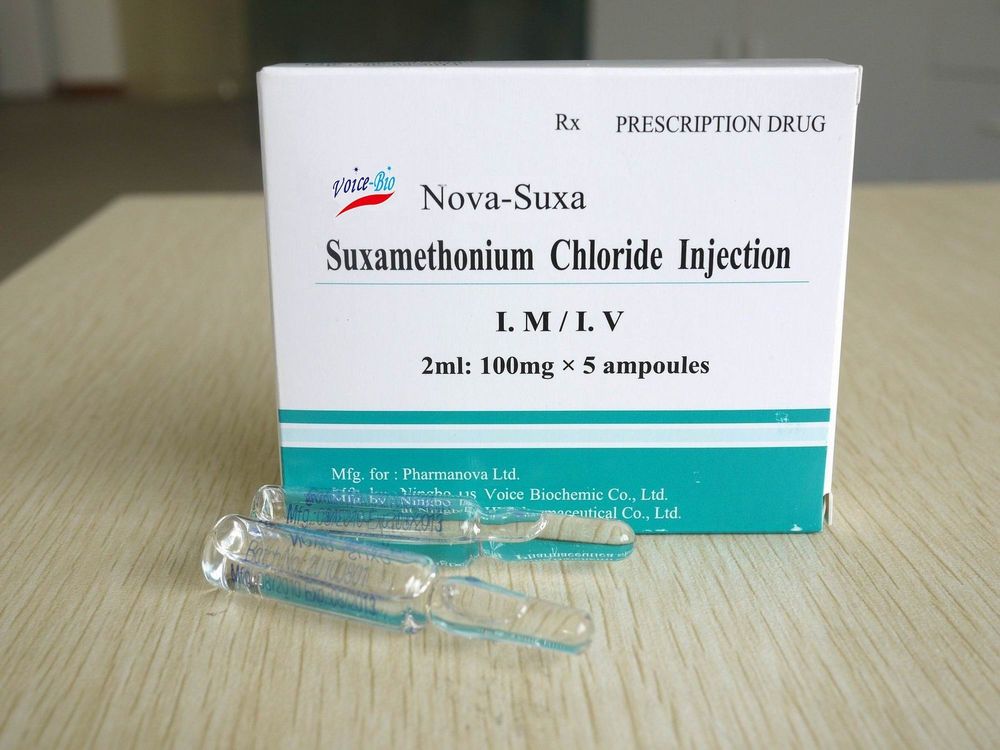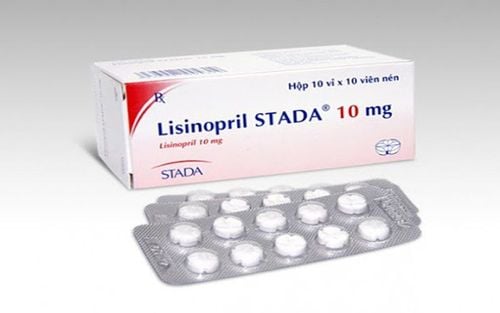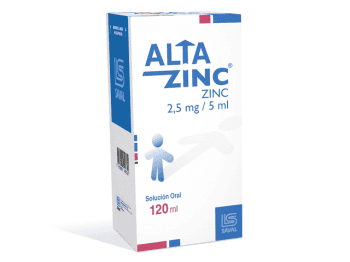This is an automatically translated article.
Muscle relaxants are transient, reversible, and are often used for surgical analgesia. The muscle relaxant effect is mainly due to the disruption of nerve signal transmission at the neuromuscular junction.
1. Neuromuscular junction structure
The neuromuscular junction includes:
Presynaptic nerve endings (where Acetylcholine is stored in synaptic vesicles) Postsynaptic muscle cells (where Acetylcholine receptors are located with high levels). When there are action potentials in the nerve, the calcium channel near the synaptic vesicle opens and stimulates the influx of calcium into the nerve endings, leading to an increase in the intracellular calcium ion concentration, thereby initiating the Acetylcholine release from synaptic vesicles. Acetylcholine diffuses across the synaptic cleft, and two Acetylcholine molecules bind directly to one Acetylcholine receptor.
The change in shape and activation of the Acetylcholine receptor allows the flow of Na and Calcium ions to enter, causing depolarization of the muscle cell membrane leading to muscle contraction, when the membrane depolarizes Na ions and Calcium ions will not enter anymore, Potassium ions will now begin to come out and repolarize, the Acetylcholine receptor will be inactivated so that it can be activated in the next process.
After the initiation of depolarization, the acetylcholine will diffuse into the synaptic cleft, then be broken down by the enzyme Acetylcholinesterase into other substances and reused to synthesize new Acetylcholine.
2. Pharmacology of muscle relaxants
Muscle relaxants are Acetylcholine receptor antagonists, which are divided into depolarizing or non-depolarizing muscle relaxants on the principle that the muscle relaxant binds to the receptor causing the induction of depolarization of the muscle membrane. These muscle relaxants differ in the onset of muscle relaxant action, duration of action, metabolism, side effects, and other drug interactions.
Muscle relaxants are also classified by duration of action:
Short (succinylcholine); Medium (vecuronium, rocuronium); Long (pipecuronium).

Thuốc giãn cơ được phân chia thành một số loại khác nhau
2.1. Depolarizing muscle relaxants (suxamethonium or succinylcholine) The effect of this muscle relaxant is similar to that of the neurotransmitter Acetylcholine, in that it binds to and activates Acetylcholine receptors on muscle cells, causing depolarization. Cell membranes and when cells are still depolarized will not be able to respond to further stimulation of Acetylcholine, thereby causing muscle relaxation
The dosage form of this muscle relaxant is ampoules of 100mg, administered intravenously. pulse dose 0.7 - 1 mg/kg, infant dose is 2-3 mg/kg, children dose from 1 - 2 mg/kg or can be injected deeply intramuscularly with dose 2.5 - 4 mg/kg, dose 150mg max.
A depolarizing muscle relaxant is characterized by preceded by muscle vibration and subsequent relaxation. The muscle relaxant effect of a depolarizing muscle relaxant ceases when the drug is separated from the receptor and hydrolyzed by plasma cholinesterase, resulting in plasma choline and succinic acid. Side effects of depolarizing muscle relaxants are:
Myalgia Arrhythmia Hyperkalemia Transient elevation of intraocular pressure Slight increase in gastric pressure Slight increase, transient increase in cerebral blood flow, intracranial pressure High fever onset malignant
Contraindications to depolarizing muscle relaxants:
Hypersensitivity to the drug Patients with burns Genetic disorders associated with plasma pseudocholinesterase enzymes Family history of malignant hyperthermia Myopathy and elevated creatine phosphokinase High acute angle-closure Glaucoma Perforation of the eye. Recovery from a depolarizing muscle relaxant usually occurs within 10 to 15 minutes. Patients with cholinesterase inhibitors or atypicals have a longer duration of muscle relaxation, so it is recommended that the patient recover on their own for 20-25 minutes, if the patient is still unresponsive after that. Should try muscle relaxation with anticholinesterase drugs.

Hình ảnh thuốc giãn cơ suxamethonium
2.2. Non-depolarizing muscle relaxants Non-depolarizing muscle relaxers are reversible competitive antagonists of Acetylcholine at the Acetylcholine receptor, which, when high concentrations of the non-depolarizing muscle relaxants are achieved, prevent Acetylcholine from binding to the transporter. movement in muscle cells, causing neuromuscular transmission to be inhibited, leading to muscle relaxation.
The muscle relaxant properties of non-depolarizing muscle relaxants are:
No muscle vibration Antagonistic to the class of depolarizing muscle relaxants. The non-depolarizing muscle relaxants
Pipecuronium (Arduan) are available in a 4mg powder vial. Dosage when intubation is: intravenous injection of 0.07 - 0.085mg/kg, maintenance intravenously 0.01 - 0.04mg/kg (10 - 50% of intubation dose). The drug has an onset of action of less than 3 minutes and peaks after 3-5 minutes, the duration of action lasts 45-120 minutes, then it is eliminated by the kidneys. Side effects of Pipecuronium are: hypotension or hypertension, bradycardia, myocardial infarction, hypoventilation, CNS depression, anuria, rash, urticaria, hypoglycemia, hyperkalemia, increased Creatinine. Vecuronium (Norcuron) is available in a 4mg powder tube. Dosage when intubation is: intravenous injection 0.08 - 0.1mg/kg, maintenance intravenous injection 0.01 - 0.05 mg/kg (10 - 50% dose intubation). The drug has an onset of action of less than 3 minutes and reaches its peak effect after 3-5 minutes, duration of action lasts 25-30 minutes, then it is eliminated through the liver and kidneys. Side effects of Vecuronium are: bradycardia, hypoventilation, respiratory arrest. Rocuronium (Esmeron) has a dosage form of 25mg, 10mg/ml vials. Dosage when intubation is: intravenous injection of 0.6 - 1.2 mg/kg, maintenance intravenous injection of 0.06 - 0.6 mg/kg (10 - 50% of intubation dose). The drug has an onset of action after 45-90 seconds and peaks after 1-3 minutes, duration of action lasts 15-150 minutes (depending on dose), and then is eliminated through the liver and kidneys. Side effects of Rocuronium: tachycardia, arrhythmia, hypoventilation, apnea, bronchospasm, rash, injection site edema, pruritus. Non-depolarizing muscle relaxants are usually self-healing after they leave the site of action, but resolution of non-depolarizing muscle relaxants may be more rapid with the addition of cholinesterase inhibitors, which increase acetylcholine levels. available to compete for affiliate positions.
Please dial HOTLINE for more information or register for an appointment HERE. Download MyVinmec app to make appointments faster and to manage your bookings easily.













